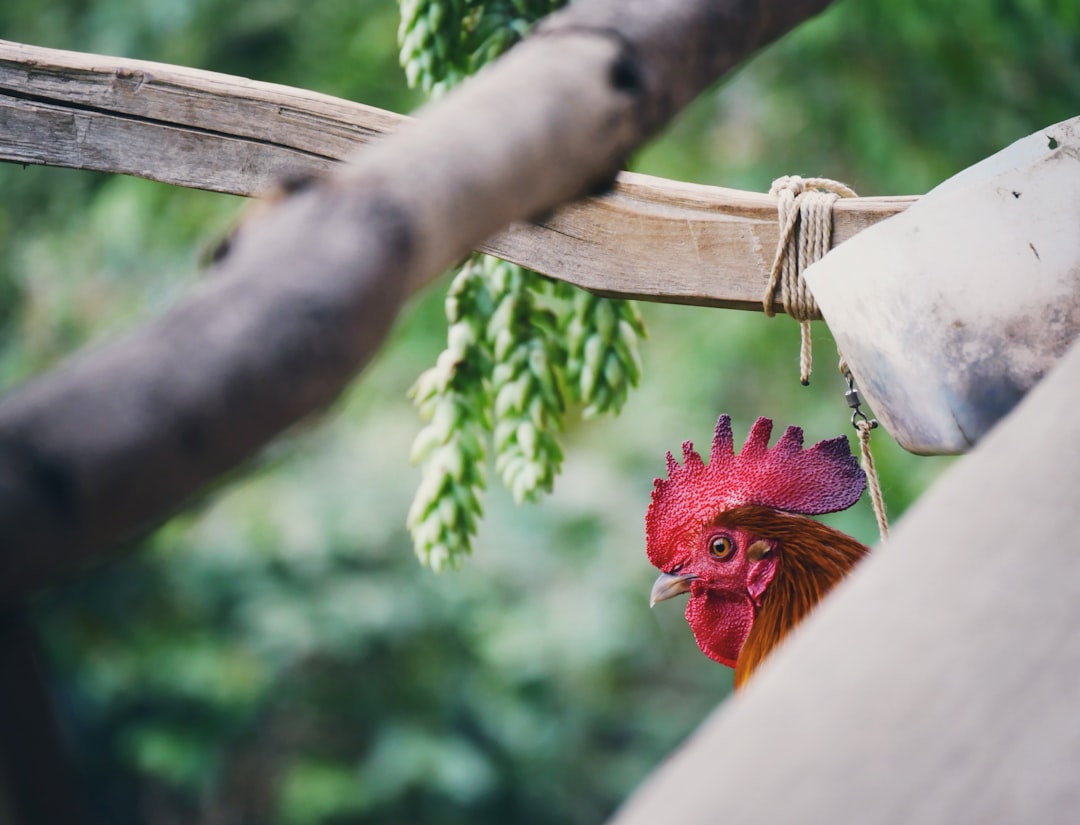Table of Contents
- Introduction
- Ingredients needed for BBQ Chicken Sliders
- Step-by-step guide to preparing BBQ Chicken Sliders
- Tips for choosing the perfect slider buns
- Variations and additional toppings to explore
- Best sides to serve with BBQ Chicken Sliders
- How to make a homemade BBQ sauce
- Common mistakes to avoid when making sliders
- Nutritional information and health benefits of BBQ Chicken Sliders
- Conclusion
- Frequently Asked Questions
Introduction
Picture this: a platter piled high with steaming, mouthwatering BBQ chicken sliders, their glazed and tender meat nestled in perfect harmony with tangy pickles and creamy coleslaw. It’s a scene straight out of a culinary dream, promising bursts of flavors with every bite and inviting you on an unforgettable taste adventure.
Whether you’re hosting a casual get-together, celebrating a special occasion, or simply seeking a comforting meal, these sliders fit the bill.
Imagine savoring them at a tailgate party or enjoying them at a picnic—they’re the epitome of versatile deliciousness.
What makes them irresistible? The secret lies in their perfectly balanced ingredients. From succulent chicken marinated in an aromatic blend of spices to the rich BBQ sauce that adds a luscious smoky sweetness, each element plays its part in creating a delightful feast.
Get ready to plunge into a world filled with savory sensations, where each juicy morsel promises a taste of culinary bliss. Let’s embark on this flavorful journey together!
Ingredients needed for BBQ Chicken Sliders
BBQ Chicken Sliders are a delicious and easy-to-make treat for any gathering or casual dinner. The essential ingredients you need to create these mouthwatering sliders include:
Chicken: Begin with boneless, skinless chicken breasts or thighs, which will be shredded after cooking to create the perfect texture for your sliders. Alternatively, you can use pre-cooked rotisserie chicken for a quicker option.
BBQ Sauce: The BBQ sauce is what gives these sliders their characteristic flavor. Choose a quality, flavorful BBQ sauce or make your own to complement the chicken perfectly.
Slider Buns: Look for soft, mini slider buns or dinner rolls that can hold the chicken mixture and add a hint of sweetness. Hawaiian rolls are a popular choice for this dish.
Cheese: Adding cheese is optional, but a slice of cheddar, provolone, or Monterey Jack can enhance the flavor of your sliders.
Coleslaw: A fresh and crunchy slaw made of cabbage and carrots adds a delightful contrast and texture to the sliders. It can be dressed lightly in a tangy vinaigrette or creamy dressing.
Pickles: For an added zest, include pickle slices to balance the BBQ’s sweetness with a sour tang.
Step-by-step guide to preparing BBQ Chicken Sliders
BBQ Chicken Sliders are a delicious and easy-to-make dish perfect for gatherings or a simple family dinner. To begin, gather all your ingredients: boneless chicken breasts, BBQ sauce, slider buns, coleslaw mix, and your choice of seasonings.
First, preheat your oven to 375°F (190°C). While the oven is heating, season the chicken breasts with salt, pepper, and any other desired spices. Once seasoned, place the chicken in a baking dish and coat liberally with BBQ sauce.
Cover the dish with foil and bake for approximately 30-35 minutes or until the chicken is fully cooked and tender. Carefully remove the chicken from the oven and use two forks to shred the meat. Mix the shredded chicken with the remaining BBQ sauce in the baking dish.
Meanwhile, prepare the coleslaw according to the package instructions, or make your own by mixing shredded cabbage, carrots, mayonnaise, and vinegar. Toast the slider buns lightly for added texture.
To assemble the sliders, place a generous scoop of BBQ chicken onto the bottom half of each bun. Top the chicken with a spoonful of coleslaw and cover with the top bun. Serve warm and enjoy the flavorful combination!
Tips for choosing the perfect slider buns
When it comes to preparing BBQ chicken sliders, selecting the right slider bun is crucial for balancing flavors and textures. A great bun complements the juicy and tangy BBQ filling, offering a delightful eating experience. One of the first considerations should be the size; opt for small, appropriately-sized buns that can hold the filling without being too large or overwhelming.
Ensure the buns have a soft yet slightly firm texture. A soft bun makes for a pleasurable bite, while a firm texture ensures that the bun holds up to the sauce and chicken without becoming soggy. Brioche buns are an excellent choice, as they are rich and slightly sweet, which pairs well with barbecue flavors.
Next, contemplate the bun’s flavor profile. While classic white buns are a safe bet, experimenting with whole wheat or potato buns can add a different dimension to the sliders.
Consider whether you want the buns to be toasted or not. Toasting can add a subtle crunch and help prevent the buns from absorbing too much moisture. In summary, choosing the perfect slider buns involves balancing size, texture, and flavor to ensure they complement your BBQ chicken filling.
Variations and additional toppings to explore
BBQ Chicken Sliders are a delicious and versatile dish that allows for a variety of creative twists and toppings to suit every palate. To start, you can explore different types of cheese; sharp cheddar, creamy gouda, or spicy pepper jack can all add a unique flair to your sliders. Trying different barbecue sauces is another great way to mix things up. Whether you prefer a smoky, tangy, or sweet sauce, the choice can dramatically alter the flavor profile of your dish.
Adding fresh toppings is another way to customize your sliders. Crisp coleslaw can offer a crunchy texture, while pickled jalapeños provide a zesty kick. For those looking for more traditional toppings, crispy bacon or grilled onions can add a savory depth. You can even experiment with fruit for a sweet contrast; pineapple or mango slices can offer a refreshing sweetness.
For those feeling adventurous, considering a sprinkle of herbs like cilantro or parsley can brighten the overall taste. Additionally, using different types of buns, like pretzel or brioche, will also introduce new textures and flavors, making your BBQ Chicken Sliders an exciting culinary adventure.
Best sides to serve with BBQ Chicken Sliders
BBQ Chicken Sliders are a delicious, versatile dish that pairs well with a variety of sides, enhancing the flavors and providing a balanced meal experience. One classic choice is coleslaw; its creamy texture and tangy taste complement the savory and slightly sweet flavors of BBQ chicken. It also adds a refreshing crunch to the meal.
Another great side is corn on the cob, grilled or boiled, providing a sweet and earthy contrast to the richness of the sliders. For an added flavor boost, consider topping the corn with a bit of chili powder and lime juice.
If you’re in the mood for something more substantial, potato salad makes an excellent companion. Its creamy dressing and hearty potatoes offer a satisfying balance to the sliders’ smoky flavors.
For those seeking healthier options, a simple green salad with a light vinaigrette can add a refreshing element to your meal.
Finally, baked beans, with their sweet and savory notes, are a traditional BBQ side that pairs perfectly with the bold chicken sliders, providing a comforting addition to any barbecue meal.
How to make a homemade BBQ sauce
Creating your own homemade BBQ sauce can elevate your BBQ chicken sliders to new heights. Start by gathering the essential ingredients:
– 1 cup of ketchup
– 1/4 cup of apple cider vinegar
– 1/4 cup of brown sugar
– 1 tablespoon of Worcestershire sauce
– 1 tablespoon of lemon juice
– 1 teaspoon of smoked paprika
– 1 teaspoon of garlic powder
– 1/2 teaspoon of onion powder
– A pinch of cayenne pepper for heat
In a medium saucepan, combine the ketchup, apple cider vinegar, and brown sugar over medium heat. Stir continually until the sugar has completely dissolved. Add the Worcestershire sauce, lemon juice, smoked paprika, garlic powder, onion powder, and cayenne pepper into the mix. Stir well to ensure that all the spices are evenly distributed.
Let the sauce simmer for about 15-20 minutes, allowing the flavors to meld together while stirring occasionally. As it simmers, the sauce should thicken to your desired consistency. Taste and adjust the seasoning as needed, perhaps adding more sugar for sweetness or cayenne for heat. Once done, let it cool before using it to dress your delicious BBQ chicken sliders. Enjoy the rich, tangy, and smoky flavors!
Common mistakes to avoid when making sliders
When making BBQ Chicken Sliders, there are several common mistakes that can easily be avoided to ensure your sliders turn out delicious and perfect for any occasion. First, do not overcrowd your baking pan. Overcrowding can cause your sliders to steam rather than bake, resulting in a soggy texture. Make sure each slider has enough space for heat to circulate.
Another frequent mistake is not pre-toasting the buns. Skipping this step can lead to a soggy bottom bun that falls apart easily. Simply toast the buns lightly before assembling to keep them sturdy.
It’s also crucial to distribute the chicken mixture evenly. Uneven distribution can cause some sliders to be overfilled while others end up lacking in flavor. Take the time to measure out your chicken mixture for consistency.
Lastly, avoid using low-quality cheese. Cheese plays a significant role in the flavor profile of the slider, and opting for a high-quality cheese can make a noticeable difference. By steering clear of these common errors, you’ll enhance the taste and texture of your BBQ Chicken Sliders, making them an irresistible treat for everyone.
Nutritional information and health benefits of BBQ Chicken Sliders
BBQ Chicken Sliders are a delicious and popular choice for gatherings, offering a delightful combination of flavors and a balanced nutritional profile. Typically, a BBQ chicken slider consists of tender chicken mixed with barbecue sauce, nestled in a small bun. When considering the nutritional aspects, these sliders can be a decent source of protein, thanks to the chicken. Protein is essential for muscle development and repair, making these sliders a good choice for those looking to boost their protein intake.
The inclusion of barbecue sauce adds flavor but also brings in sugars and sodium, so moderation is key. Opting for a lower-sugar barbecue sauce or using less of it can make this dish healthier. The buns add carbohydrates, which can provide a quick energy source, although choosing whole-grain buns can add dietary fiber and reduce refined carbs.
In terms of health benefits, incorporating lean proteins like chicken can help maintain muscle mass and support a healthy diet. Additionally, pairing the sliders with a side of vegetables can increase their nutritional value, providing vitamins and minerals essential for overall health. BBQ Chicken Sliders, when made with mindful choices, can be both a tasty and nutritious addition to your meal plan.
Conclusion
Indulge in the ultimate BBQ Chicken Slider experience and let your culinary creativity soar. Whether you’re a seasoned chef or a kitchen newbie, this recipe is a crowd-pleaser for every occasion. With carefully selected ingredients and a few simple steps, you’ll be able to craft sliders that will leave your taste buds dancing. Explore the endless possibilities with different buns, cheeses, and toppings to make each slider a unique masterpiece of flavor and texture. Remember, selecting high-quality ingredients and following our top tips will ensure your sliders turn out perfectly each time. As you savor every delicious bite, consider expanding your chicken repertoire even further. For endless chicken inspiration, take a leap into the world of ‘The Chicken Bible: Say Goodbye to Boring Chicken with 500 Recipes for Easy Dinners, Braises, Wings, Stir-Fries, and So Much More.’ Discover a treasure trove of exciting recipes by purchasing your copy today at this link. Don’t miss the chance to transform your meals and say goodbye to boring chicken forever!


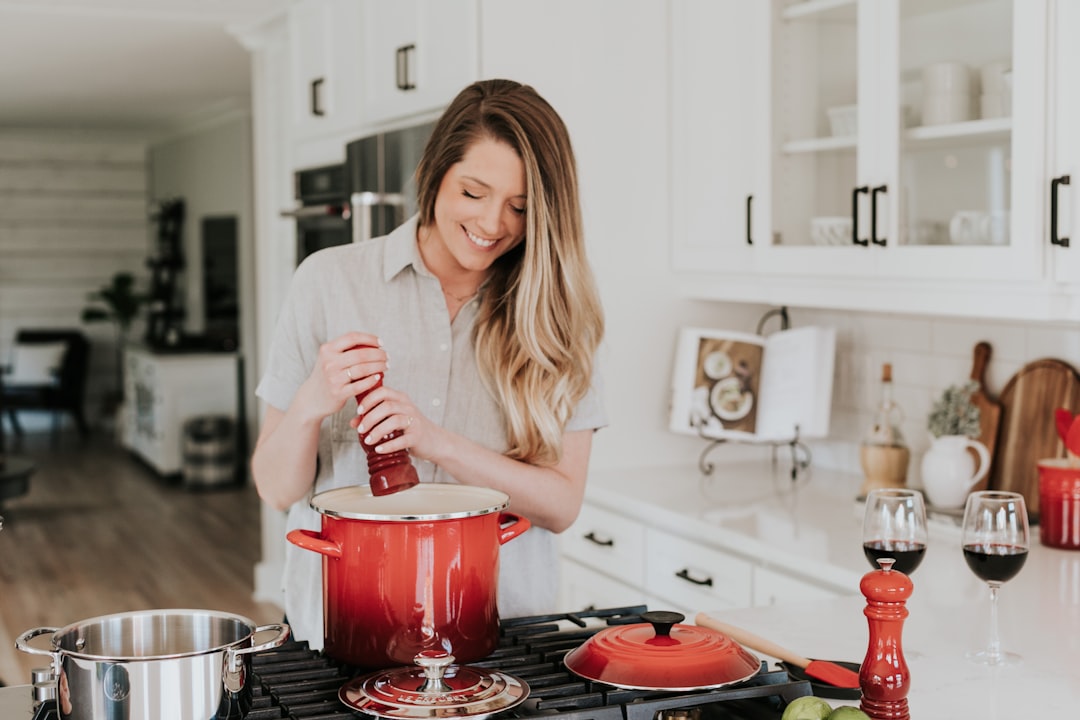
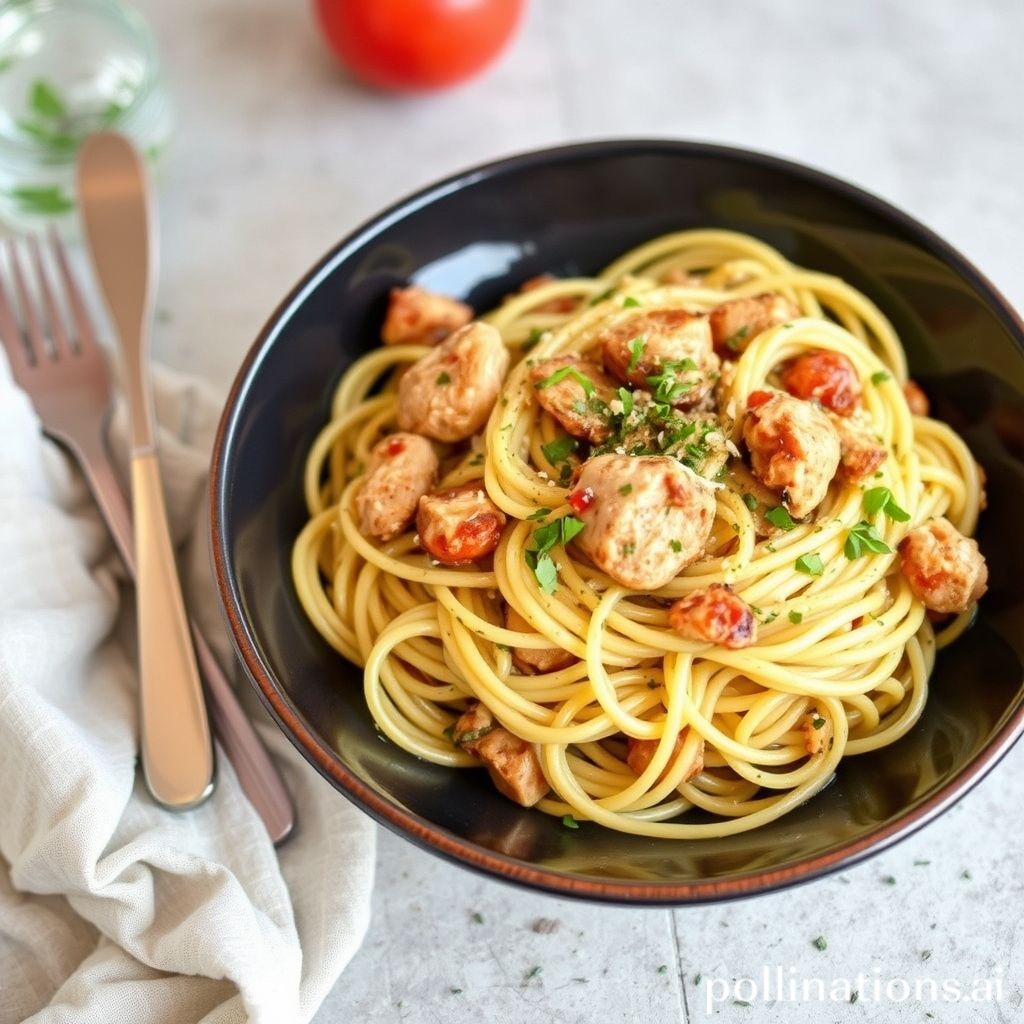



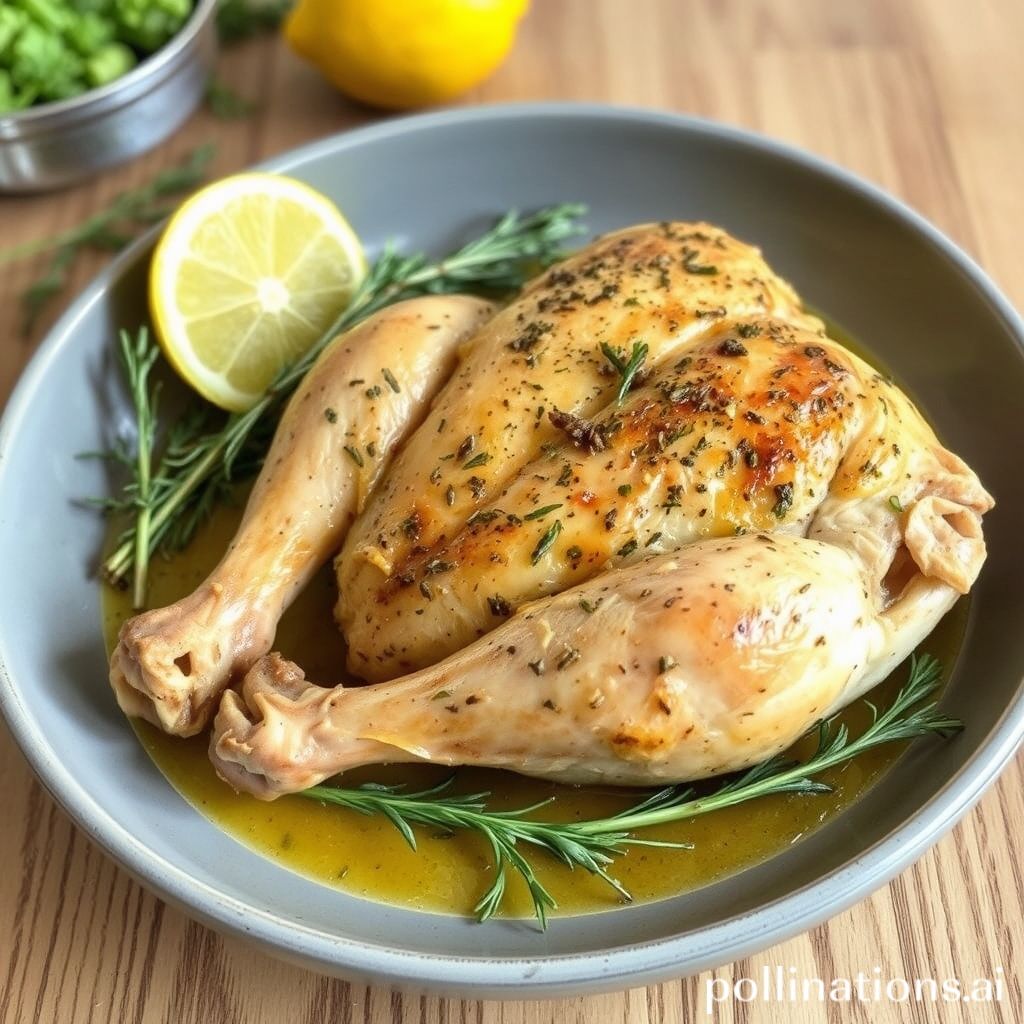

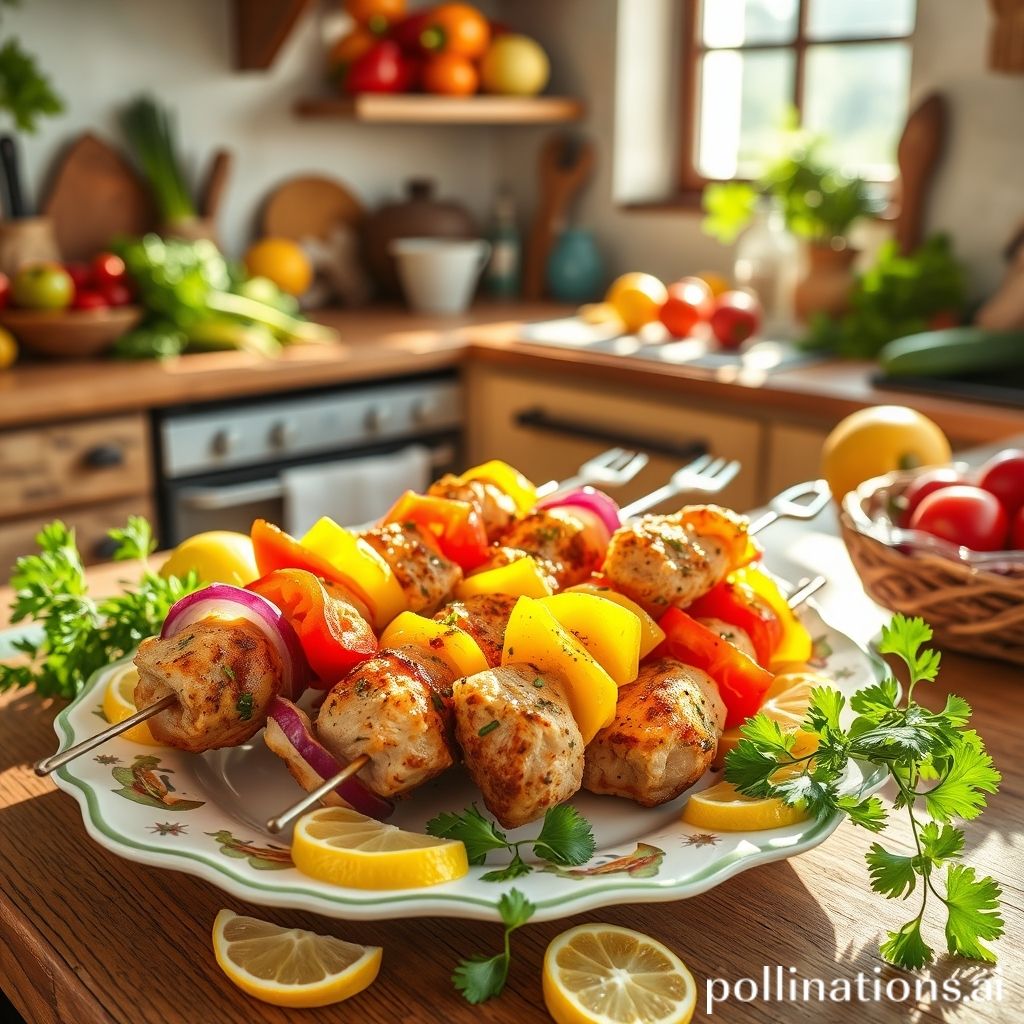

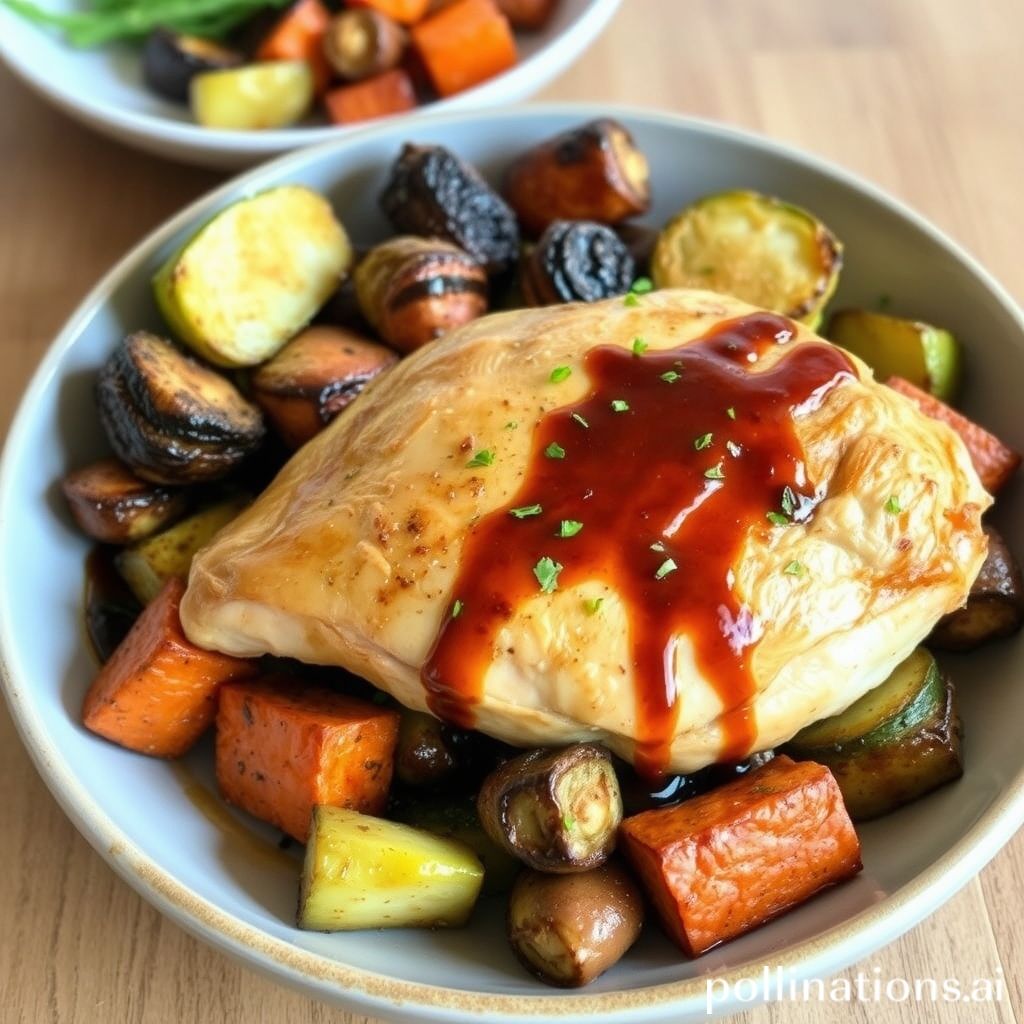
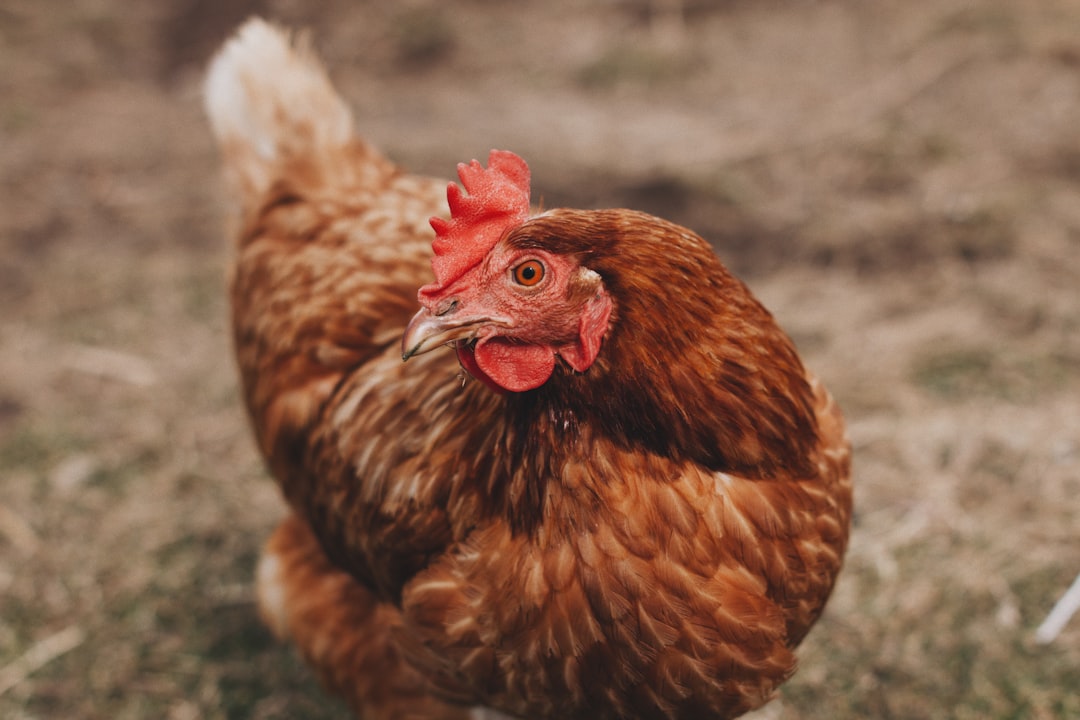
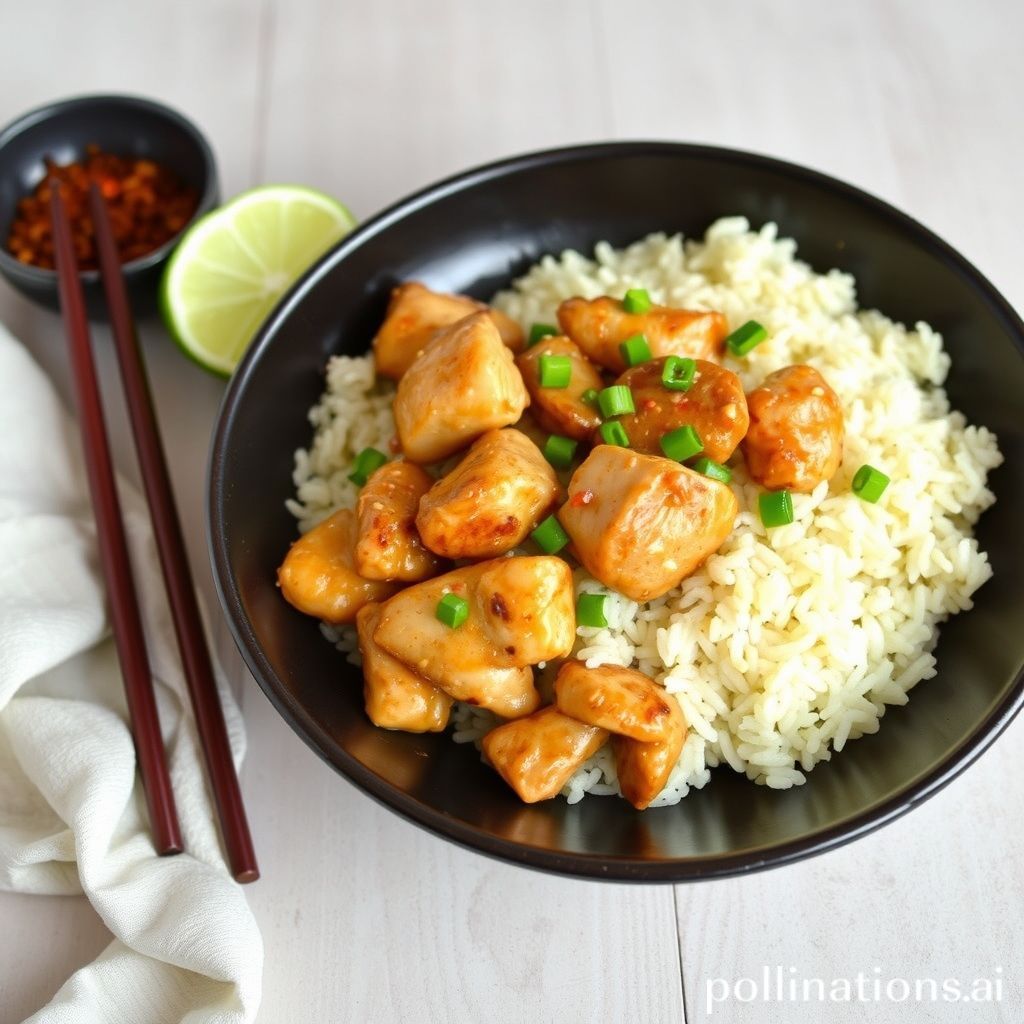 Picture this: a dish that combines the rich aromas of garlic, the lusciousness of butter, and the wholesome comfort of tender chicken and perfectly fluffy rice. This is more than just a meal; it’s an experience of savory sensations that is sure to delight your taste buds. In the world of culinary indulgence, few combinations resonate as universally as garlic and butter. Now, imagine these staples elevating a chicken and rice dish to perfection.
Picture this: a dish that combines the rich aromas of garlic, the lusciousness of butter, and the wholesome comfort of tender chicken and perfectly fluffy rice. This is more than just a meal; it’s an experience of savory sensations that is sure to delight your taste buds. In the world of culinary indulgence, few combinations resonate as universally as garlic and butter. Now, imagine these staples elevating a chicken and rice dish to perfection.

